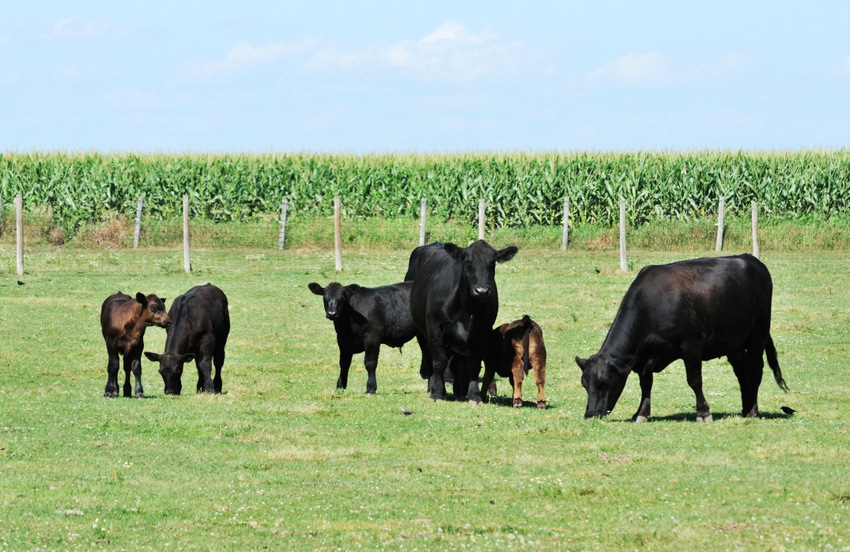Study sounds alarm about agriculture school infrastructure
Collective total of nearly $11.5 billion needed for repairs and renovations at schools of agriculture.
March 12, 2021

The Association of Public and Land-grant Universities (APLU) recently released a comprehensive study that found there is a collective total of nearly $11.5 billion in needed repairs and renovations at the buildings and supporting facilities at schools of agriculture authorized to receive U.S. Department of Agriculture (USDA) research funding. The study was conducted for APLU by Gordian, a leader in facility and construction cost data, software and expertise. The study notes that 69% of the buildings at these schools – 97 land-grant universities in total – are more than 25 years old and require urgent upgrades to remain safe and useful. Without action, the declining state of these facilities threatens to hinder critical research on food safety and security, natural resources, climate change, and other key matters.
This urgent need is caused by the postponement of maintenance activities and capital investments – such as repairs on property, facilities, and machinery – in order to match limited budgets or realign available resources. The research finds that state and federal investment would help institutions preserve the quality and integrity of agricultural research, education, and extension, and would create both short-term and long-term economic opportunities.
The study found that the economic impact of a $11.5 billion investment would extend far beyond just improving the facilities and student, faculty and staff experiences of those at the colleges and schools of agriculture. Approximately 200,000 new local jobs would result from funding capital infrastructure investment to address the deferred maintenance identified in this study. This economic activity would provide a desperately needed boost to campus communities while enabling the work that will secure America’s strategic position as a global leader in agricultural science.
Agriculture, food, and related industries contribute $1.1 trillion to America’s economy and support 22 million jobs. These contributions are made possible by the cutting-edge research and innovation taking place within the land-grant university system. Increasingly inadequate infrastructure threatens to constrain the ability of these vital institutions to continue to deliver game-change breakthroughs while training the next generation of bioeconomy workers and innovators at a time when America is working to keep up with investments made by global competitors such as China. Much of this critical research and the associated economic benefits are at risk due to crumbling labs.
The study found that two-thirds of such deferred maintenance is impacting research, teaching, and Extension space. Without substantial additional investment, the schools of agriculture can be expected to experience buildings with: roofs that leak, foundations that crack and doors and windows that don’t keep the heat in or cold out; laboratories that cannot function; and health and safety problems for building occupants. Further, these conditions are impairing researchers’ ability to conduct cutting edge agricultural research from expanding growing seasons to conserving energy use to developing more environmentally safe textiles.
“Our enterprise accelerates technology adoption, growth of the agricultural and food marketplace, entrepreneurship and public-private partnerships,” said Doug Steele, vice president of food, agriculture and natural resources at APLU. “Still, the United States risks losing the ability to compete internationally if we ask our researchers and educators to conduct and deliver 21st century results in facilities from the 1950s and 1960s. In order for these institutions to conduct cutting edge research in areas such as food safety and security they need cutting edge research facilities, not buildings with failing utility systems, leaky roofs, and outdated equipment. Modernizing agricultural research infrastructure will not only solve an existing problem; it will allow us to seize a new opportunity by creating new jobs and repositioning us for a positive future.”
You May Also Like



